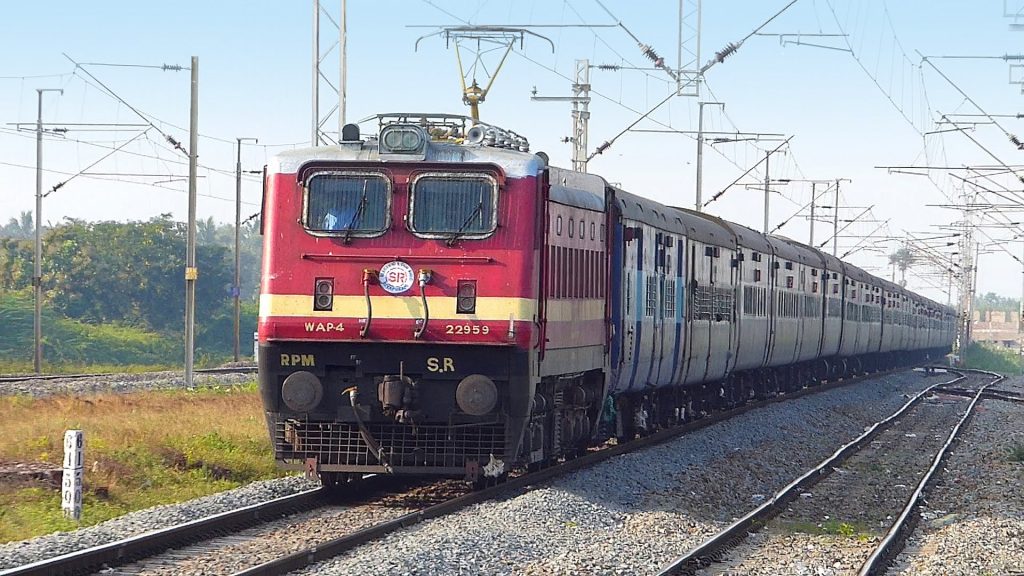Many of us had traveled in train and it is one of the safest and best journeys. But have you ever paid attention towards a train horn. It is a powerful air horn that serves as an audible warning device on electric and Diesel locomotives. The horn’s primary purpose is to alert persons and animals to an oncoming train, especially when approaching a grade crossing.
It is strange that there eleven types of horns and every horn has different meaning, according to Indian railways.
Short horn: If you heard it, it means the motorman will take the train in the yard and will wash it for next trip.
Two short horns: When a short horn is blown two times, it means he is signaling the guard to ask railway signal for starting the train.
Three Smaller horns: When it is blown, it means they have lost control over the motor and that the guard has to immediately pull the vacuum break.
Four smaller horns: This signifies that the train is facing technical issue and would not go ahead.
One long horn and a shorter one: It means the motorman is signaling the guard to set the brake pipe system before they start the engine.
Two long horns and two short horns: It means the motorman is signaling the guard to take control of the engine.
A continuous horn: it is blown to alert the passengers that the train is passing non-stop through many stations.
Two horns with two pauses: This signal is to alert the passersby that the train would be running through a railway crossing.
Two long and short horns: It means the train is changing the tracks.
Two short and one long horn: This sound symbolies that a passenger has pulled a chain or the guard has pulled a vacuum break.
Six times short horn: It indicates a trouble signal and the train is stuck in a dangerous situation.
Agencies
